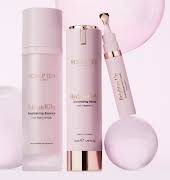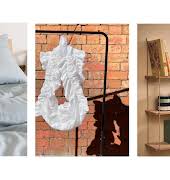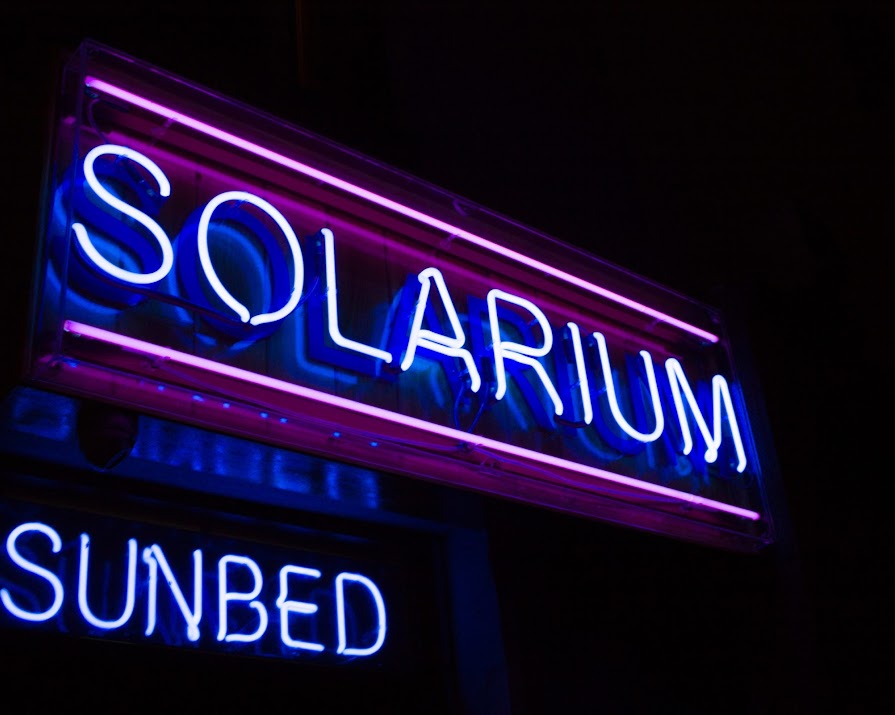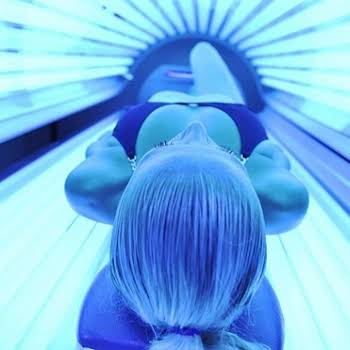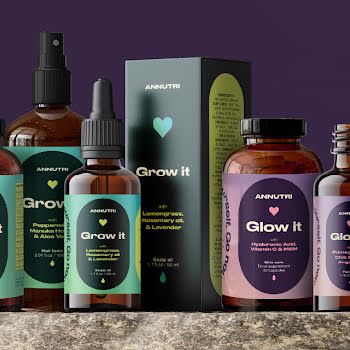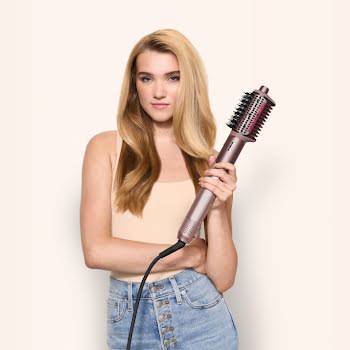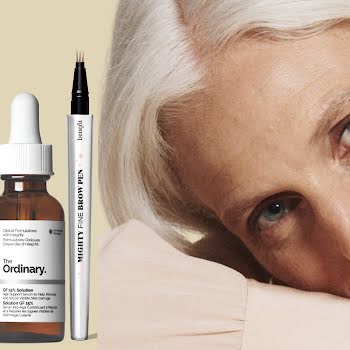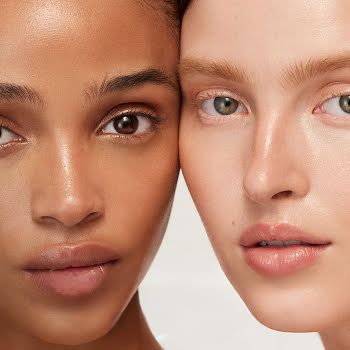By Hannah Hillyer
23rd Apr 2019
23rd Apr 2019
Given the recent rise in sunbed use in Ireland, Hannah Hillyer speaks to Dr Eithne Brenner, Medical Director of Manara Skin Clinics, about why they’re bad for you, as well as to a sunbed user on why she thinks they’re becoming popular again.
Here in Ireland, we have a slight obsession with being tanned. Perhaps this feeds into the notion of always wanting what you can’t have, as a natural tan is hard to get here. We may be blessed with a few sunny days in March and then we almost have to wait for the Leaving Cert to start before we even get a hint of sun again. If you’re really after a tan, you can’t depend on getting one naturally, which leads a lot of people to either fake tan or sun beds.
Related: Skin cancer: how much do you really know about it and SPF?
The tanning phenomenon in the western world started in the 1970’s when everyone wanted a golden, sun-kissed glow. It was not always this way, however. Previously, being tanned indicated that you were of a lower class, as those working jobs that required them to be outside for long hours usually had a tan. Those privileged enough not to work outside (or at all) would have had paler skin, and would even have carried a parasol when outside to avoid getting a colour. This has all been flipped completely, with many of us craving that golden tan, and now it is a symbol of health and youth.
In the early 2000’s, sun beds became really popular, with many of them popping up with internet cafes/DVD shops attached. It became so easy to pop in for a 10 minute session on your way home from work and have an almost instant tan. Not long after they became the norm, we realised how dangerous they were, increasing your risk of skin cancer.
Exactly what is it about sunbeds that are so bad for you?
For help answering the specifics on this question, we turned to Dr Eithne Brenner for her expert opinion;
“Sunbeds emit UVA and UVB rays, both of which damage the skin’s DNA. They are designed to provide a rapid tan, and to do this, emit UV rays at high intensity. There is no safe level of sunbed use, and the damage they cause accumulates with each and every sunbed session. Young people are especially susceptible to DNA damage. Combining the results of studies on sunbeds and cancer shows that using a sunbed increases melanoma risk by a whopping 16- 20%.
Skin cancer is the fastest growing cancer in Ireland, and the age at which it develops is getting younger and younger. Sunbeds have contributed to this rise over the last 3 decades. There are over 11,000 new cases of skin cancer diagnosed each year – approximately 9,700 are non-melanoma skin cancers and 1,000 are melanomas. Most sunbed users are women, especially young women, and overall sunbed usage is increasing year on year, which is very worrying.”
What are the common sunbed myths?
Lauren, a friend of mine, loves to use sunbeds, despite knowing the potential dangers. I chatted to her recently about her initial thoughts on why this is. “On the surface it can be for several reasons – the ease of not having to use false tan, for others it can be clearer skin/help with eczema etc”
According to Dr Brenner, these claims which many make about acne and skin conditions are untrue, as are most of the common reasonings for using sunbeds.
The myths
- A “base tan” from sunbed use before a holiday prevents sunburn and is safe: It isn’t. We know that a dark tan on white skin gives about an SPF 3 effect, but it comes at the cost of DNA damage and accelerated ageing, and an increased risk of skin cancer. It can also lead to a false sense of security and increased sun exposure.
- It helps acne – There are a myriad of good skincare and other options available to safely treat acne.
- It’s ok to use a sunbed as long as you don’t burn: Again, this just isn’t true. The damage occurs even without burning. If you have used sunbeds before, the damage is done, and you may as well continue using them: not true.
Are there any positives to sunbed use?
According to Dr Eithne Brenner; “Fans of sunbed use will say that they feel better afterwards. Some of this may be due to a perception of looking better, and some studies show an increase in serotonin which is a feel-good hormone. However, there are many better ways to boost serotonin (such as exercise) without the cancer risk.
Sunbeds has been shown to be addictive, with some people returning to sunbed use even after skin cancer removal surgery. Some fans of sunbed use promote the fact that they boost vitamin D levels, and we need vitamin D for our bone and muscle health. The UVB radiation from sunbeds will stimulate formation of vitamin D, but this is much more safely achieved by exposure to natural daylight. The optimum vitamin D synthesis comes from brief exposure to natural daylight, and you don’t need to tan to get adequate vitamin D.
Why are they becoming popular again?
With the wealth of knowledge we have at our fingertips, it is hard to believe anyone would opt to use a sunbed. However, when it comes to looking good, it’s often the easiest option, so it’s no surprise that many will turn a blind eye to the dangers they pose. Lauren, who is 23, thinks that our modern culture is putting more pressure on young women than ever, which is why we are back to using them again;
“I think on a deeper level it ties into this whole unattainable Instagram lifestyle: the always perfect eyelash extensions/lip fillers/Botox. People have to keep up a front – always be tanned, splashing out on holidays/clothes/cars. I think there’s a correlation between the increase in usage of sunbeds with young people lately and the influence of the “influencer” lifestyle that’s become so prevalent in recent years.
Looking good is now a way to make money. Deals with fast fashion or beauty brands are coming to those who look great and take great photos – looking well literally equals cash. Monetising an Instagram profile leads to added pressure – people always want to be top of their field. Trying to come up top in a sea of potential rivals means you always have to look amazing – the benefits of sunbeds (clear, tanned skin) can then make business sense for young people, for whom the Instagram lifestyle is a realistic income generator.”
The link between sunbeds and skin cancer
Dr Brenner says “I’ve been a doctor for 30 years and in my previous roles, have surgically removed many, many skin cancers. The majority of these are preventable by protecting the skin from excessive sun exposure, avoiding sunburn, and by using good skin protection measures, and avoiding sunbeds should be part of these habits too.
Fake tan products are now so widely available, that if you want to achieve a tanned appearance, these are cheap and easy to use. Aside from the skin cancer risks of sunbeds, the legacy of wrinkles, prematurely-aged and damaged skin causes a lot of distress and these changes can be difficult to treat.
Related: The ultimate glow: Vogue Williams’ cruelty-free tan is finally here
The bottom line is that sunbeds cause skin cancer. Period. They accelerate skin ageing and wrinkles, cause eye inflammation, and they temporarily suppress the immune system. I have never met a doctor or healthcare professional who thinks they have any health benefits whatsoever. Also, sunbeds were labelled as a carcinogen in 2009 by the World Health Organisation. The International Agency for Research on Cancer agrees there is sufficient evidence to show that using sunbeds causes melanoma skin cancer, the most serious and deadly form.
My advice is not to use sunbeds ever, and if you want a bronzed glow, to go for the many great fake tan products out there. Your skin will thank you for it in years to come.”
Header Image: Unsplash.com
More like this:





